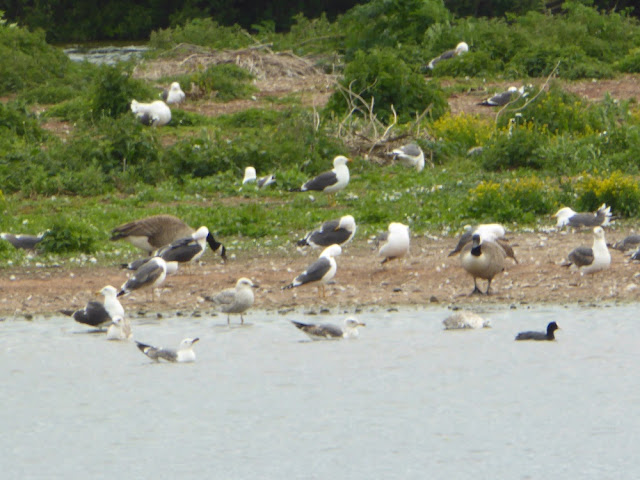Although only 10 miles long, the River Idle drains a significant area (500 square miles) of north Nottinghamshire with contributions from as far away as Kirkby, Huthwaite, Bolsover and Rainworth (Rivers Maun, Meden, Poulter and Rainworth Water). Originally, it flowed northwards to meet the River Don but was diverted eastwards by drainage engineers in 1628 and now meets the Trent near West Stockwith.
Sue's (very flat) 8-mile walk started in the Idle Valley Nature Reserve, created from a former gravel quarry and abandoned power station settling lagoons and now managed by Nottinghamshire Wildlife Trust. The walk took us around the nature reserve, beside rivers and lakes to Lound Village and back.
Here are some of Roger's photos taken on the walk.
Sue's (very flat) 8-mile walk started in the Idle Valley Nature Reserve, created from a former gravel quarry and abandoned power station settling lagoons and now managed by Nottinghamshire Wildlife Trust. The walk took us around the nature reserve, beside rivers and lakes to Lound Village and back.
Here are some of Roger's photos taken on the walk.

 |
| Lound Hall, not to be confused with Lound Hall in Bothamsall |





















































